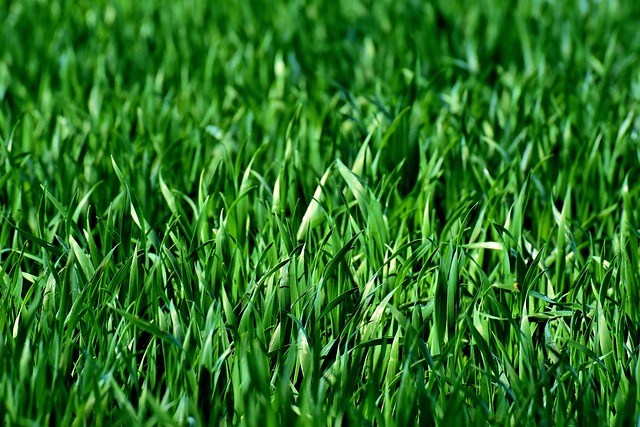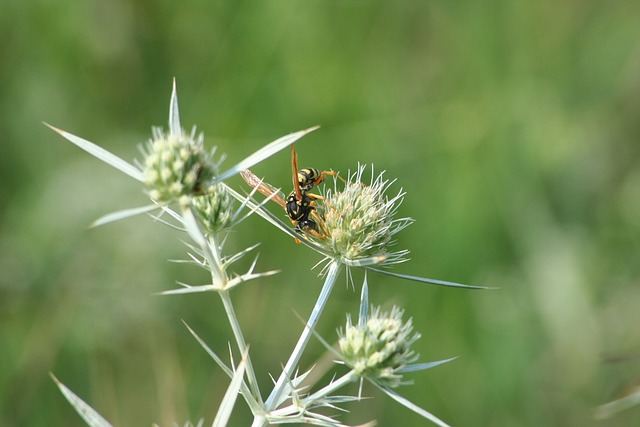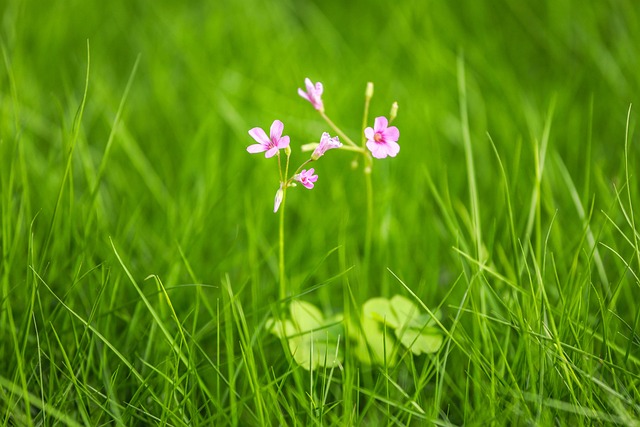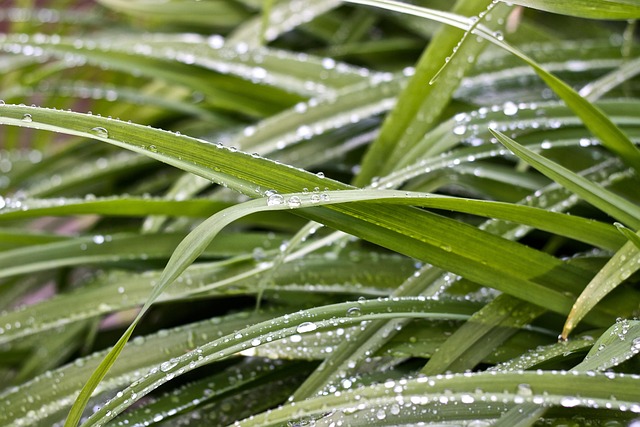To maintain a lush lawn in Centennial's hot summers, recognize common issues like discoloration and thatch buildup, and employ strategies such as strategic deep watering, regular aeration, proper fertilizing, and choosing drought-resistant grass varieties. Conduct thorough visual and manual inspections to identify problems early, adjust care practices accordingly, and ensure your lawn thrives through the season's challenges.
In the vibrant landscape of Centennial, where hot, dry summers pose unique challenges to lawn health, meticulous care is essential. This comprehensive guide delves into the art of analyzing and cultivating robust lawns during these trying times. From identifying common issues like brown patches and drought stress through visual inspections to implementing effective cultural practices such as strategic watering and fertilization, we equip you with the knowledge to prepare your lawn for the heat. Discover how selecting climate-suitable grass species, natural pest control methods, and understanding expected outcomes can contribute to your Centennial lawn’s summer success.
- Assessing Lawn Health: Identifying Common Issues in Centennial
- – Understanding the unique challenges of lawn care in a hot, dry climate like Centennial
- – Visual and manual inspection techniques for spotting signs of distress
Assessing Lawn Health: Identifying Common Issues in Centennial

Lawn health is a complex topic, and identifying common issues requires careful observation and knowledge of local environmental factors. In Centennial, preparing your lawn for the summer heat is paramount as the region experiences intense solar radiation and high temperatures during this season. One of the primary indicators of lawn stress is discoloration, often seen as patches of brown or yellow grass. This can be caused by insufficient watering, extreme heat, or nutrient deficiencies.
Additionally, thick thatch buildup, which is a layer of dead grass and roots between the active grass blades and soil, can hinder water penetration and nutrient absorption. Overwatering or poor drainage might contribute to this issue. Centennial’s dry summers demand strategic watering practices, focusing on deep but less frequent irrigation to encourage deeper root growth. Regular maintenance, including aeration to reduce thatch buildup and proper fertilizing, is essential for maintaining a healthy lawn during these challenging months.
– Understanding the unique challenges of lawn care in a hot, dry climate like Centennial

In hot, dry climates like that of Centennial, maintaining a healthy lawn presents unique challenges. The combination of intense sunlight and limited water availability can stress grass species, leading to discoloration, thinning, and reduced resilience. Understanding these challenges is crucial for preparing your lawn for the summer heat in Centennial. One key step involves choosing grass varieties that are well-adapted to arid conditions; warm-season grasses like Zoysia or Bermuda are popular choices as they thrive under high temperatures and lower moisture levels.
Additionally, a comprehensive watering strategy is essential. Instead of frequent, shallow waterings, opt for deep but infrequent irrigations to encourage deeper root growth, which enhances the lawn’s ability to withstand prolonged dryness. Regular monitoring of soil moisture levels, use of drip irrigation or soaker hoses, and proper drainage systems can further ensure efficient water application. Fertilization and pest management should also be tailored to the specific needs of hot, dry climates, focusing on slow-release fertilizers and organic methods to maintain a robust and healthy lawn throughout the summer months.
– Visual and manual inspection techniques for spotting signs of distress

Preparing your lawn for summer heat in Centennial begins with a thorough visual and manual inspection. Professionals recommend walking your property closely, examining the grass blades for any discoloration, wilting, or thinning. Look for signs of pests like insects or grubs, as well as any uneven growth patterns that might indicate poor water distribution or nutrient deficiency. Manual checks include digging small sections to assess soil health, root structure, and moisture content—crucial factors in determining the overall condition of your lawn.
By combining these techniques, Centennial residents can proactively identify distress signals early on. This enables them to take timely measures such as adjusting irrigation schedules, applying appropriate fertilizers, or implementing integrated pest management strategies. Such proactive care ensures that your lawn remains vibrant and robust throughout the scorching summer months, enhancing its resilience against environmental stresses.
Preparing your lawn for the summer heat in Centennial begins with a thorough understanding of its health. By mastering visual and manual inspection techniques, you can identify common issues early on, ensuring your lawn thrives amidst the region’s unique challenges. This proactive approach allows for timely interventions, promoting robust grass growth and a lush landscape throughout the warm season.
